5 Trending Headlines: Is herd expansion over? PLUS: Rethinking beef promotion
Heifers placed on feed are up sharply. Does that mean herd expansion is winding down? That and more awaits you in this week’s Trending Headlines.
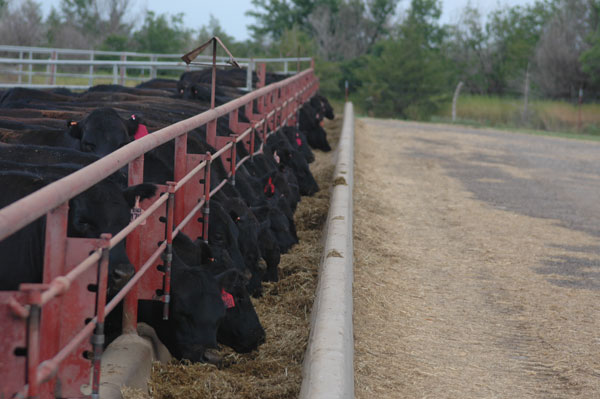
Heifers on feed up sharply
The latest data show that heifer placements have increased substantially in recent months, according to the Daily Livestock Report. From July to September, feedlots placed 3.879 million heifers on feed, 447,000 head (+13%) more than the same period a year ago. Steer placements during this period were 6.934 million head, 110,000 head (+1.6%) higher than last year.
Total placements in the last three months have increased by more than half a million head and the increase in heifer placements has accounted for about 80% of the overall increase in placements. The ratio of heifer placements to total placements now stands at 35.9%, the highest since October 2013. The data suggests that cow herd expansion has slowed down dramatically and it may come to an end by next year if current trends persist.
RFS will stay intact, maybe grow
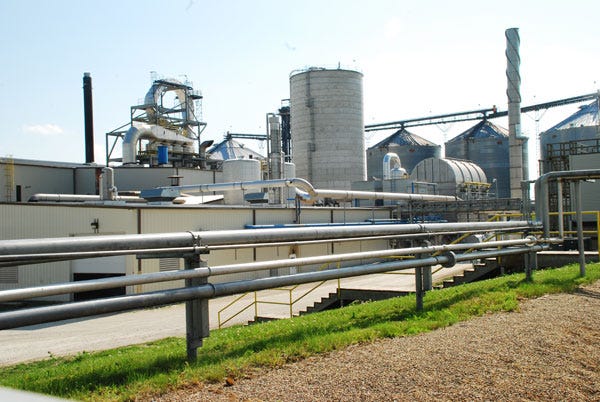
Environmental Protection Agency chief Scott Pruitt assured Republicans that he would keep the Renewable Fuel Standard (RFS) intact, and would even work with them to allow more ethanol to be blended into the gasoline supply year-round, reports the Washington Examiner.
He said he has directed EPA staff to examine if the agency has the authority to waive the fuel volatility standards for E15, and invited senators to work on the issue, including developing a definitive analysis of EPA's authority to issue a waiver. The waiver would allow more ethanol to be blended in the gasoline supply, opening up a bigger market for ethanol.
Tips for good chute-side vaccine management
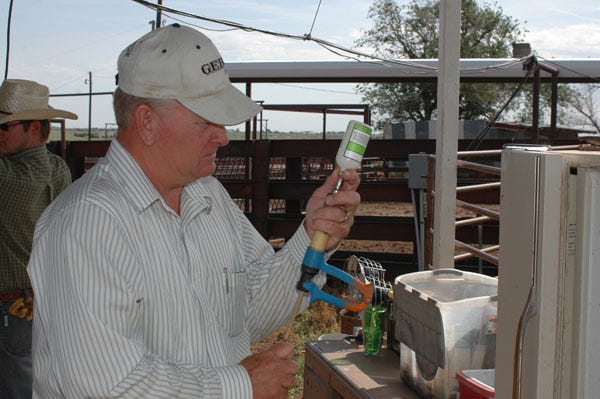
A good vaccination program is only as good as the techniques used in each step of administration, says Taylor Grussing, SDSU Extension cow-calf field specialist.
Seventy percent of beef operations administer vaccines to cows and calves at least one time every 12 months, reports Farm Forum. "With many dollars being invested in vaccines and herd health each year, it's important to make sure the vaccines are taken care of, as well as administered correctly for livestock wellbeing and to help producers get the most bang for their buck."
Click here to read Grussing’s chute-side tips.
Helping consumers rethink the ranch
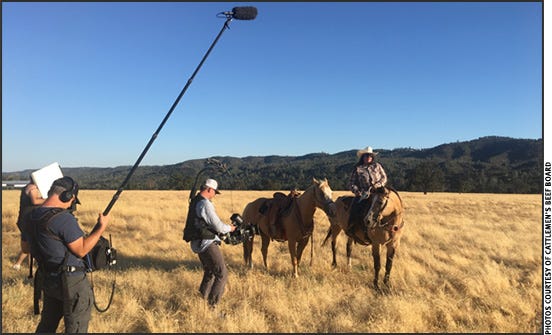
Promoting beef has become more complicated than it was in 1992 when your beef checkoff kicked off the Beef. It’s What’s for Dinner. brand. That’s why Rethink the Ranch was born.
As the checkoff is re-introducing consumers to beef during this 25th anniversary of the iconic brand, we’re also introducing them to the real ranchers and farmers and their stories about how they produce beef, reports the Angus Beef Bulletin.
You see, sometimes people assume that their beef comes from a nameless, faceless entity. That couldn’t be further from the truth. Rethink the Ranch is a campaign to highlight the humanity behind beef production — to connect consumers to the process and the people!
How to use snow as a water source for wintering beef cattle
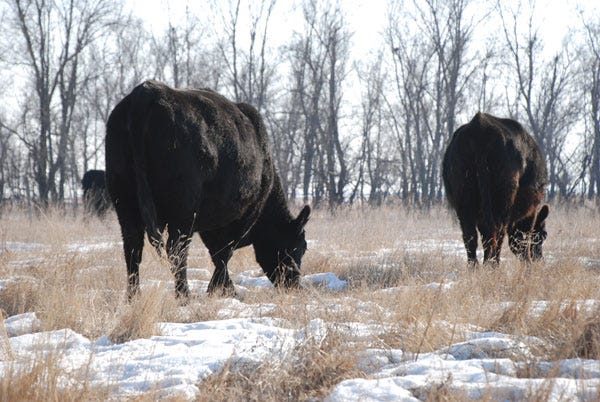
Researchers in Alberta expected that eating snow would increase energy use, so that cows would not maintain body condition, and their temperatures would be lower. But that’s not what they found at all, reports onpasture.com.
The differences in weight between water cows and snow cows was not significant, nor were body temperatures different. Researchers concluded that cows could eat enough snow to meet their water needs and they didn’t need any additional energy from their food to melt the snow and bring it to body temperature.
But what about calves? Researchers checked that out too. They compared weights for 9 to 10 month old calves where one group drank water and the other relied on snow. At the end of the trial, the snow calves were 4 pounds lighter than the water calves, and their feed to gain ratio was slightly higher, but the difference wasn’t considered significant.
But that doesn’t mean you can just send your stock out there and expect them to do well right off the bat. Click here to read more about watering your cows with snow.
About the Author(s)
You May Also Like



